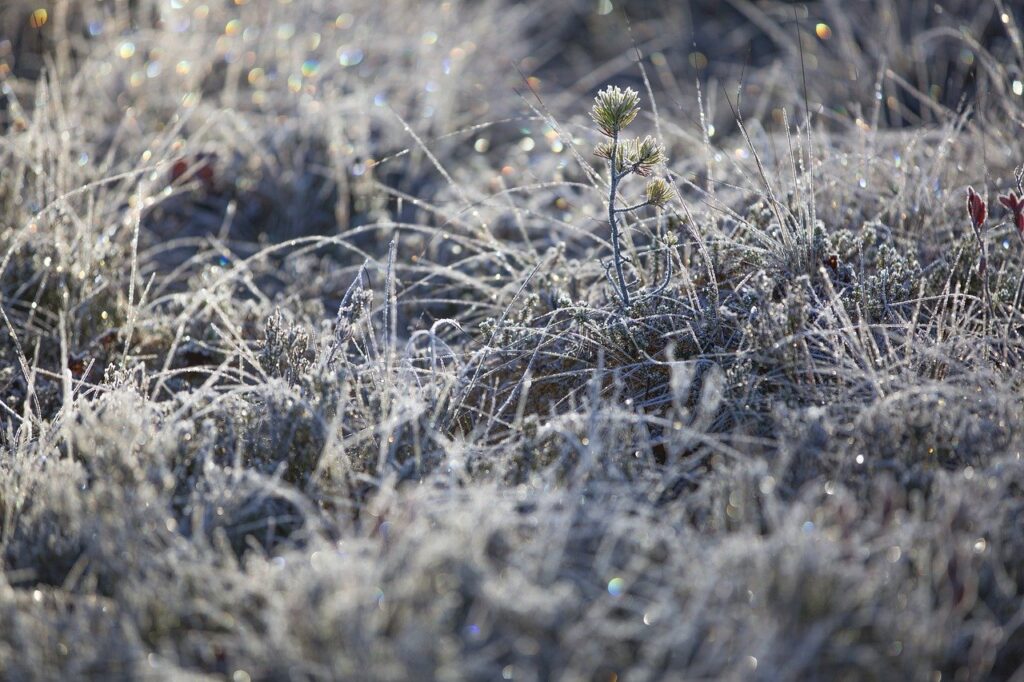Winter is on approach and all over the Northern Hemisphere, grasses are going into sleep mode. In this mode, most metabolic processes are put at a minimum and winter survival rests upon how well the grass was prepared for winter conditions. Winter survival is a combination of tolerating harsh abiotic (minus degrees) and biotic (snow mould) stresses.
As temperature decreases, grasses acclimatize by accumulating sugars (fructans), which prevents internal ice crystallization. This type of winter hardiness may last for long periods of cold but is readily disrupted by warm spells. Under such conditions, grasses de-acclimatize, resume growth, and become prone to frost injuries again.
There are several things that can be done to improve winter hardiness. The first and easiest thing is to reduce cutting frequency and lift cutting height during autumn. Longer leaves not only provide better insulation for the vital crown tissue but also ensure prolonged transport of liquids from and to deeper roots.
The use of protective cover is another type of means for keeping grasses safely through a cold winter. A very commonly used, and highly appreciated type, is snow. While protective against frost, it unfortunately also provides excellent conditions for snow mould fungi above 0°C.
Some species, such as perennial ryegrass are more susceptible to winter damage than others are. In Scandinavia, turf varieties are assessed for winter survival at different official test sites, and information about the most winter persistent varieties are updated annually at www.scanturf.org. A peak look into the list confirms recent discoveries that turf tetraploid perennial ryegrass varieties are significantly more winter persistent than their diploid counterparts, both with respect to winter hardiness and to grey mould resistance.
Tetraploid perennial ryegrass was traditionally only used as forage. In this segment, tetraploids are acknowledged for high yield and high levels of fructans, which may explain part of their superior winter hardiness. Through intensive breeding, new turf-type varieties have recently been developed, which are marketed under the brands 4Turf or Quick Action.
Although not yet quite as fine leafed and dense as diploids, they have reached an impressively high quality level for both lawns and sports. Tetraploid varieties therefore constitute an increasing amount in turf mixtures today, due to their fast establishment rate at low temperature and their unique stress tolerance. So, if you are in for a lawn that doesn’t go low after winter, you’d be looking for 4Turf or Quick Action.






